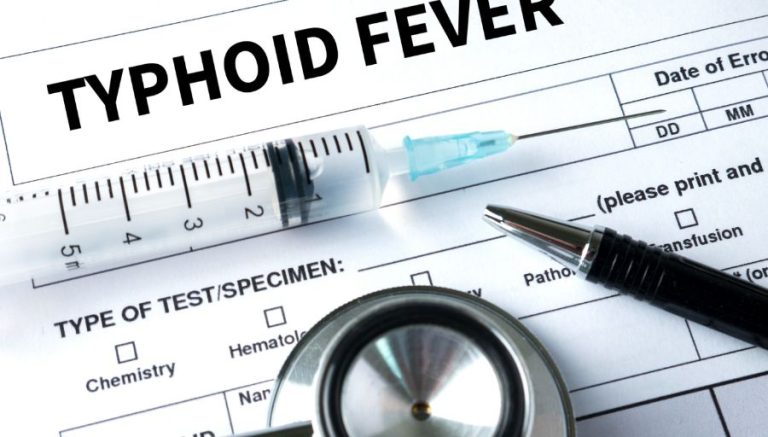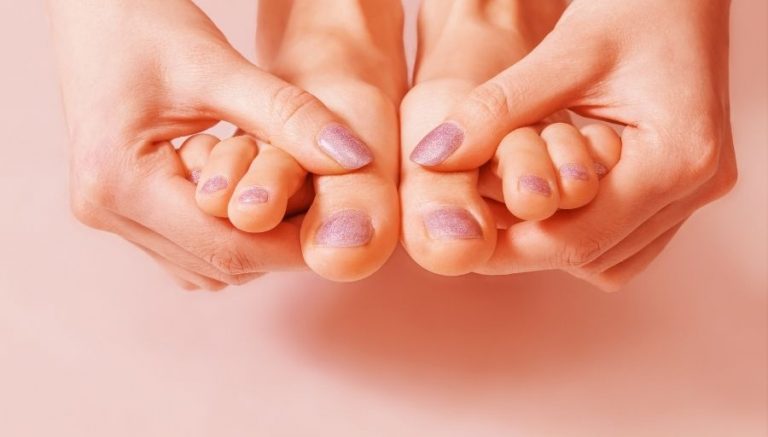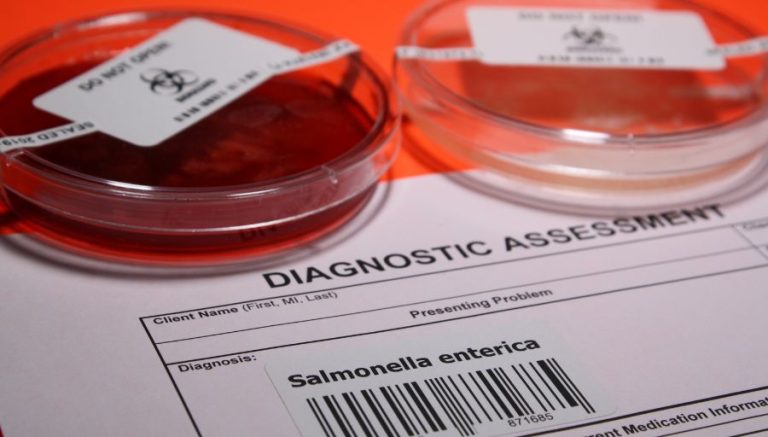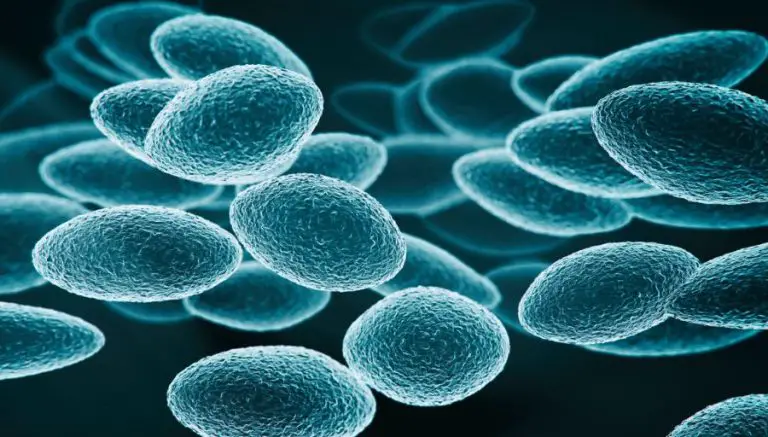Grierson Gopalan Syndrome | Burning Feet Syndrome
Grierson Gopalan Syndrome, also known as burning feet syndrome, is a series of symptoms in which the feet become extremely hot and painful. The burning becomes more intense at night, and relief occurs during the day.
This article covers the common causes and how to treat Grierson Gopalan Syndrome.
Symptoms Of The Grierson Gopalan Syndrome
Specific symptoms include:
- a tingling sensation on the skin (pins and needles)
- skin reddening or warm to the touch
- burning sensations that are worse at night
- numbness in the legs, ankles, or foot
- sharp pains
- feet tired and heavy
- aching feet
Grierson Gopalan Syndrome Causes
Footwear, allergies, and smoking can cause the Grierson Gopalan Syndrome.
Footwear
The material used to make shoes and socks can cause symptoms of contact dermatitis. Dyes and chemicals used to tan leather can cause skin irritation.
Tight shoes and stockings can irritate sensitive feet and pressure certain foot parts. The affected area can become tender, swollen, and warm.
Allergies
It is also expected that the red burning in the feet is secondary to an allergic reaction to the sock or shoe material. We recommend patients change the material of their socks and shoes.
Smoking
Smoking can also lead to peripheral arterial disease. This can lead to a condition called enclosure. This means that blood flow cannot fight gravity and reaches the toes, and the tips of the toes hurt at night.
This can mean pain when walking for the rest of the night. A vascular specialist can examine patients for blood circulation, among other things.
Diseases Or Illnesses Causing The Grierson Gopalan Syndrome
There are many possible causes, from nerve damage to entrapment and inheritance. Symptoms range from mild to severe. Heat and pain are usually confined to the soles of the feet but can also affect the tip of the foot, ankles, and lower legs.
The symptoms of Grierson Gopalan Syndrome can also come from many different diseases and illnesses, including:
- back injuries
- degenerative changes in the spine
- surgery
- the use of chemotherapy drugs or other medicines
- exposure to toxic compounds
- psychosomatic diagnosis
- peripheral neuropathy (occurs when peripheral sensory nerves connect the spinal cord to the extremities are damaged)
- hereditary diseases
- multiple sclerosis
- chronic mountain sickness
- autoimmune diseases (including rheumatoid arthritis)
- infections
- Leishmaniasis
- renal failure
- alcoholism
- Gitelman syndrome
- nutritional disorders and deficiencies (vitamin B, zinc, and Malabsorption syndrome)
- hypothyroidism
- diabetes

Tarsal Tunnel Syndrome
Tarsal tunnel syndrome can cause Grierson-Gopalan Syndrome. Tarsal tunnels are narrow spaces between the ankle bone. The inner ankle, calf, and legs are affected.
Compression and contusion of the posterior shin nerve (the nerve between the large, long bones of the lower leg) in the tunnel cause a sensation of burning, tingling, and pain in this part of the foot.
Complex Regional Pain Syndrome
Complex regional pain syndrome is a rare, painful nerve disorder that can occur after injury or surgery.
Morton’s Neuroma
Nerve tissue thickens around the bones at the base of the toes and causes pain. This thickening is called Morton’s neuroma.
Too tight shoes can cause thickening but can also result from sports injuries, stress or abnormal positions and movements of the feet.
Charcot-Marie-Tooth Disorder
The Charcot-Marie-Tooth disorder is an inherited neurological disorder that damages peripheral nerves in the legs and feet.
It affects the muscles and nerves of the extremities, resulting in abnormal weakness, lifting, and curvature of the feet. The damage to the nerves gets worse over time.
Abnormal stress on the feet predisposes to stress fractures in individuals who need bracing to function properly.
Hypothyroidism
An underactive thyroid causes hypothyroidism; other symptoms include weight gain, dry skin, and fatigue.
Diabetes
Type 1 and Type 2 diabetes affect peripheral nerves of the body, particularly the sensory nerves in the feet and legs.
High blood sugar levels affect nerve signal transmission and weaken vascular walls. Even when controlled, high glucose levels can long-term damage peripheral nerves throughout the body in diabetes.
Erythromelalgia (Or Erythermalgia)
Erythromelalgia (or Erythermalgia) is a rare condition that causes severe burning pains, increases in skin temperature, and visible redness on the toes or soles of the feet. The exact cause is unknown.
Episodes can occur at certain times, flare-ups can last from several minutes to several days, and the burning pain can persist. Hands can also be affected.
Athlete’s Feet (Tinea Pedis)
Athlete’s feet (tinea pedis) is a fungal infection caused by fungi, so-called dermatophytes, which grow in moist, warm skin areas. Humid shoes, socks, and a damp environment allow the fungus to grow and spread.
Symptoms of athlete’s feet include itching, burning, and stinging on the toe or soles of the feet.
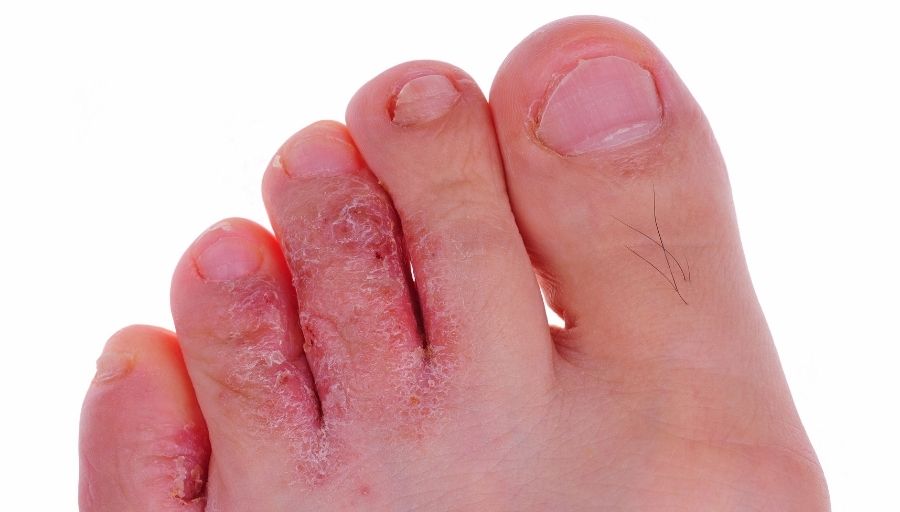
Diagnosis
If your pain is severe, consistent, or does not go away, it is time to book an appointment with your doctor.
Your doctor will perform a series of tests and examinations to determine the root cause of your problem.
Your doctor may ask you about the following, so it is best to give them as much information as possible:
- your medical history
- the symptoms you have been experiencing
- any medication you are taking
- if you have had any injuries or infections
- whether you have any allergies to footwear materials
- whether you have been in contact with toxic compounds
Blood tests or urine samples may rule out underlying conditions such as diabetes, nutritional deficiencies, and other endocrine disorders.
Some tests can be done if your doctor suspects nerve damage; these include an Electromyography test (measures the electrical activity of a particular muscle through nerve stimulation) and a Nerve conduction velocity test (measures the speed of electrical impulses in a nerve).

How Is Grierson Gopalan Syndrome Treated
Several treatment methods depend on the cause and whether you have any underlying conditions.
Home Remedies
Self-care solutions at home may give you some temporary relief from pain.
Try simple methods such as soaking your feet in cool water, avoiding heat, raising your legs, and taking non-prescription anti-inflammatory medications (ibuprofen, naproxen, ketoprofen) or creams and ointments if you have a fungal infection.
Prescription Medications
Depending on the cause of your pain, your doctor may prescribe medications such as insulin or hypoglycaemic drugs, vitamin and mineral supplements, analgesics, antidepressants, anticonvulsants, or antifungals.
Surgery
If your Grierson Gopalan Syndrome is severe and affects your everyday quality of life, then you may be recommended surgery to correct the problem.
Other Treatments
You can speak to your doctor about trying physical therapy, changes you can make to your diet and lifestyle, and specific orthotic shoe inserts.

Prevention
It is difficult to say whether Grierson Gopalan Syndrome can be prevented, as many possible causes are unpreventable. However, the following points may help in some cases:
- Visit a podiatrist (foot specialist) for regular examinations and check-ups.
- Ensure your shoes fit correctly (most shoe stores should offer this service or see a specialist).
- Avoid damp, moist areas so your socks and shoes remain clean and dry.
- Prevent infections by keeping foot injuries clean and well-treated (blisters, cuts, ulcers, etc.).
- For diabetics, learn how to control blood sugar and manage your symptoms.



